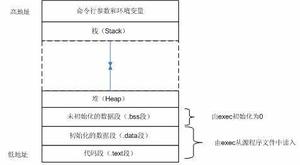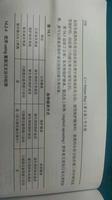MUX和DEMUX在计算机架构上有什么区别?
复用器
多路复用器是一种组合电路,它从 2" 输入数据线之一获取二进制数据并将其管理到单独的输出线。用于输出的特定输入数据线的选择由选择输入的集合决定。A 2" -to-1 多路复用器具有 2" 输入数据线和 n 个输入选择线,其位组合决定为输出选择哪些输入数据。
多路复用是一种通过一条路径传输多个模拟或数字输入信号或数据流的过程和方法。复用将多个低速介质组织成一条高速路径传输,高速通道得到有效利用。
解复用器
在单个线路上生成数据并在 2 n 条可能的输出线路中的任何一条上发送数据的电路称为解复用器。因此,解复用器被称为单输入多输出开关。n 条选择线的成本控制着确定的输出线的选择。
解复用器是复用器的相反过程。这是将包括数字或模拟信号流的信号重新转换回原始分离和独立信号的过程。
让我们看看 MUX 和 DEMUX 的比较
| 多路复用器 | 多路复用器 |
|---|---|
| A digital multiplexer is a combinational circuit that chooses binary data from one of many input lines and conducts it to a single output line. | 解复用器是一种电路,它在单条线上接收数据并在多条输出线之一上传输该数据。 |
| Multiplexer contains multiple inputs and a single output. | 解复用器包含单输入和多输出。 |
| The multiplexer can increase the efficiency of the communication system using transmission data like transmission of audio and video. | 解复用器从多路复用器接收 o/p 信号并将它们更改为接收器末端的特定形式。 |
| The data conversion approach used in MUX is parallel to serial and it is not complex to understand because it uses multiple inputs. | DEMUX 与 MUX 完全相反,例如串行到并行转换。因此,在这种情况下可以获得多个输出。 |
| It implements parallel to serial conversion. | 它实现了串行到并行的转换。 |
| It works on a many-to-one operation principle. | 它适用于一对多的操作原则。 |
| Multiplexer with the help of control signals selects the particular input that has to be transmitted at the output. | 解复用器使用控制信号并使我们能够有多个输出。 |
以上是 MUX和DEMUX在计算机架构上有什么区别? 的全部内容, 来源链接: utcz.com/z/361142.html




